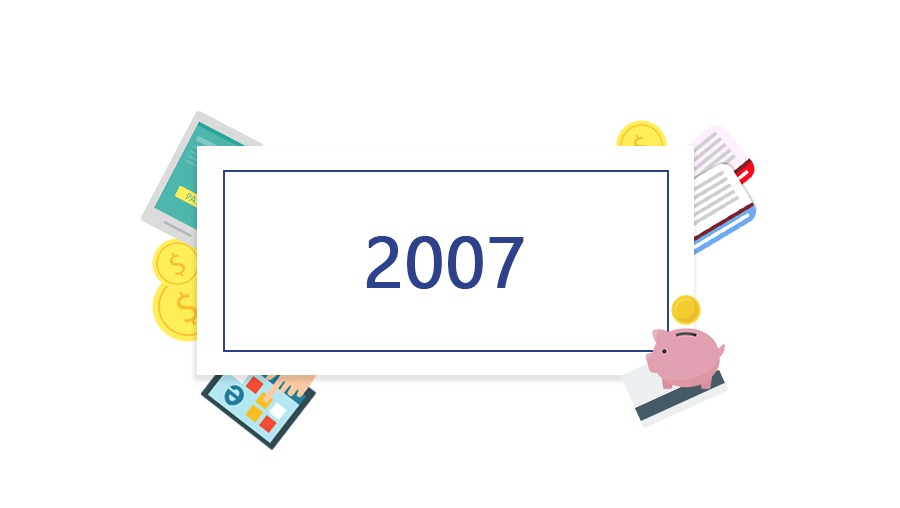Banking reality changes so fast. Today we take time to pay tribute to the major milestones on the road to mobile payments

Throwback Thursday: the history of internet banking. Source: shutterstock.com
When was the last time you actually visited your bank? Hard to remember, right? Just picture that only a few decades ago, people needed to actually go to the bank building for every small financial operation. Withdrawing money, paying for services, transferring money, and even checking a balance – all these required the client’s physical presence.
Today, all this can be done anywhere with a PC, tablet, or mobile app. Unimaginable for the 1970s, online banking has become an integral part of our lives. How has banking evolved so quickly? We cut a long story short in this article.
The history of internet banking
- 1981 – Four major New York banks test some remote services known as home-banking.
- 1983 – UK users became the first to enjoy an online banking system Homelink. Though, “enjoy” might be a strong word for the service that required a TV or phone connection and was quite expensive as well. The Homelink innovation was too advanced for the technology available at the time. It allowed the most vital financial operations including taking out a loan. This system even featured e-payments to chosen retailers as well as e-mail notifications. Nevertheless, the users of the time found it hard to step away from the traditional banking model. Homelink was a short-lived project, but it paved the way to the tech revolution.
- 1994 – The first US online banking service introduced by Stanford Federal Credit Union. Microsoft launches Microsoft Money – a personal budget online manager. Many banks soon join the initiative. Online access to bank accounts becomes a reality.
- 1996-2007 – NetBank functions as the first fully online financial institution without any physical premises.
- 2004 – Chinese giant, Alibaba, takes e-commerce and mobile payments to a new level with their AliPay system that quickly transforms into a major global financial platform – Ant.
- 2006 – People begin to use personal financial management tools and platforms such as Mint.com. Internet banking becomes mainstream. 80% of US financial institutions provide their services online. New laws and regulations on financial security emerge.
- 2007 – Apple and its iPhone apps revolutionize online banking making it a mobile business. It marks the rise of mobile banking apps, P2P money transfers, and contactless payments.
The significant events of the last 11 years are hard to enumerate since Internet banking has taken giant strides all over the world. Millions of bank clients use online services, preferring them to personal visits.
Experts predict it will further evolve into a highly personalized and decentralized model. Who knows what amazing perspectives cryptocurrencies and distributed ledgers may bring to Internet banking transactions? Only time will tell. So, let’s hold our breath and look forward to a bright financial future.
SEE ALSO:
















